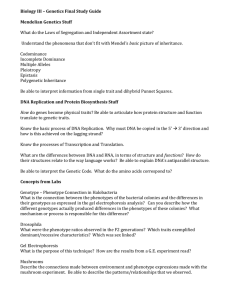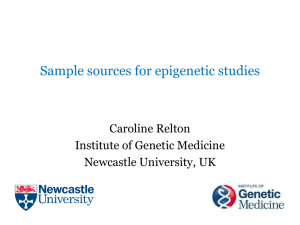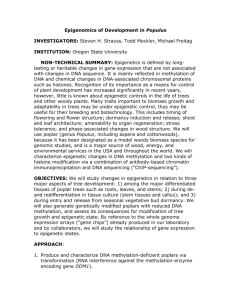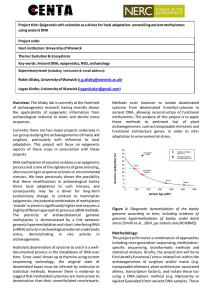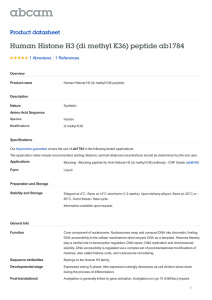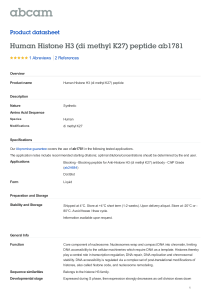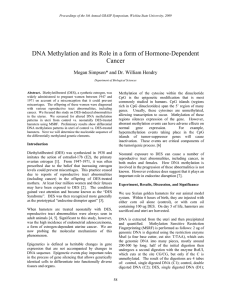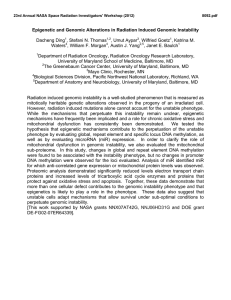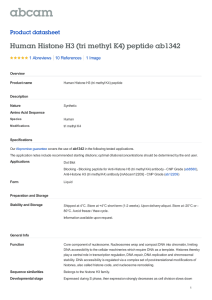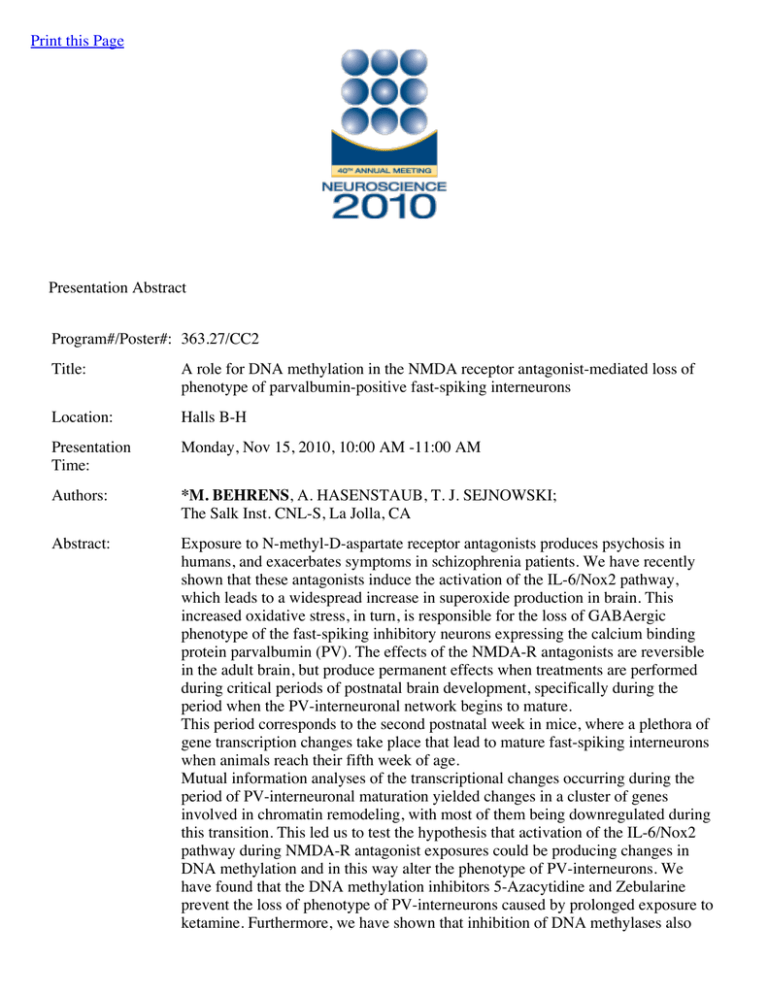
Print this Page
Presentation Abstract
Program#/Poster#: 363.27/CC2
Title:
A role for DNA methylation in the NMDA receptor antagonist-mediated loss of
phenotype of parvalbumin-positive fast-spiking interneurons
Location:
Halls B-H
Presentation
Time:
Monday, Nov 15, 2010, 10:00 AM -11:00 AM
Authors:
*M. BEHRENS, A. HASENSTAUB, T. J. SEJNOWSKI;
The Salk Inst. CNL-S, La Jolla, CA
Abstract:
Exposure to N-methyl-D-aspartate receptor antagonists produces psychosis in
humans, and exacerbates symptoms in schizophrenia patients. We have recently
shown that these antagonists induce the activation of the IL-6/Nox2 pathway,
which leads to a widespread increase in superoxide production in brain. This
increased oxidative stress, in turn, is responsible for the loss of GABAergic
phenotype of the fast-spiking inhibitory neurons expressing the calcium binding
protein parvalbumin (PV). The effects of the NMDA-R antagonists are reversible
in the adult brain, but produce permanent effects when treatments are performed
during critical periods of postnatal brain development, specifically during the
period when the PV-interneuronal network begins to mature.
This period corresponds to the second postnatal week in mice, where a plethora of
gene transcription changes take place that lead to mature fast-spiking interneurons
when animals reach their fifth week of age.
Mutual information analyses of the transcriptional changes occurring during the
period of PV-interneuronal maturation yielded changes in a cluster of genes
involved in chromatin remodeling, with most of them being downregulated during
this transition. This led us to test the hypothesis that activation of the IL-6/Nox2
pathway during NMDA-R antagonist exposures could be producing changes in
DNA methylation and in this way alter the phenotype of PV-interneurons. We
have found that the DNA methylation inhibitors 5-Azacytidine and Zebularine
prevent the loss of phenotype of PV-interneurons caused by prolonged exposure to
ketamine. Furthermore, we have shown that inhibition of DNA methylases also
prevents an increase in superoxide production and the effects of IL-6 in these
interneurons. Epigenetic modification of chromatin, which through DNA
methylation can regulate and dysregulate gene transcription, has been suggested to
play an important role in neuronal differentiation and could be involved in the
environmental origins of schizophrenia. Epigenetic dysregulation of specific
promoters have been shown in schizophrenia postmortem samples, and several
schizophrenia-linked genes are subject to epigenetic regulation. Our results
suggest that alterations in DNA methylation during the critical period of PVinterneuronal maturation may lead to a permanent disruption of this inhibitory
circuitry as observed in schizophrenia.
Disclosures:
M. Behrens: None. A. Hasenstaub: None. T.J. Sejnowski: None.
Keyword(s):
PARVALBUMIN
NMDA RECEPTOR
GABAERGIC
Support:
NARSAD (MMB)
HHMI (TJS)
The Crick-Jacobs Center (AH)
[Authors]. [Abstract Title]. Program No. XXX.XX. 2010 Neuroscience Meeting
Planner. San Diego, CA: Society for Neuroscience, 2010. Online.
2010 Copyright by the Society for Neuroscience all rights reserved. Permission to
republish any abstract or part of any abstract in any form must be obtained in
writing by SfN office prior to publication.

